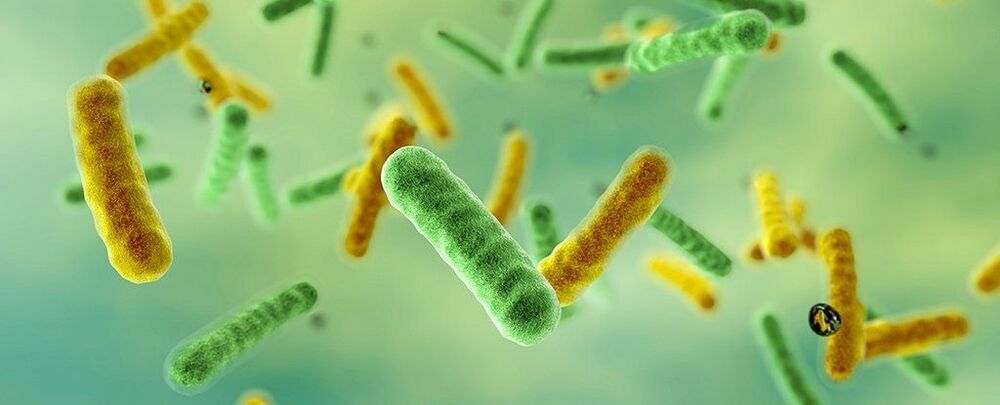Bacteria have been found exploiting quantum physics to survive.
Oxygen is life to animals like us. But for many species of microbe, the smallest whiff of the highly reactive element puts their delicate chemical machinery at risk of rusting up.
The photosynthesizing bacterium Chlorobium tepidum has evolved a clever way to shield its light-harvesting processes from oxygen’s poisonous effects, using a quantum effect to shift its energy production line into low gear.
A study conducted by scientists from the University of Chicago and Washington University in St. Louis has shown how the bacterium throws a spanner into its quantum resonance to ‘tune’ its system so that it loses energy in the presence of oxygen, preventing it from wrecking its photosynthetic apparatus.
